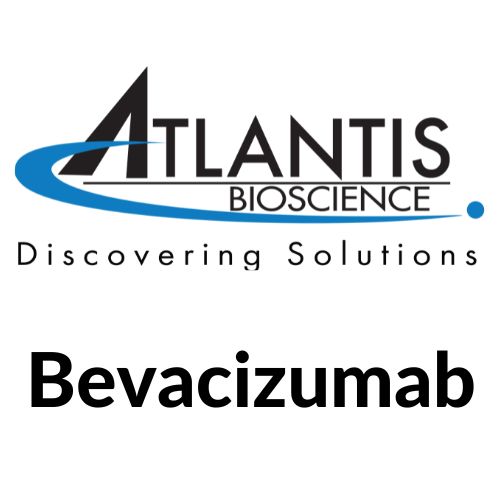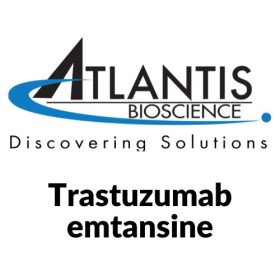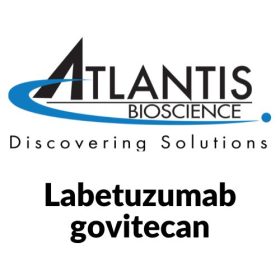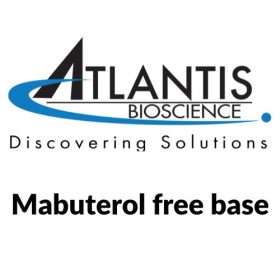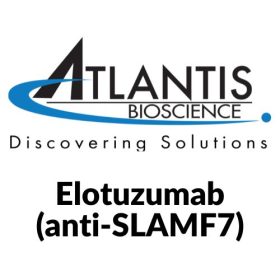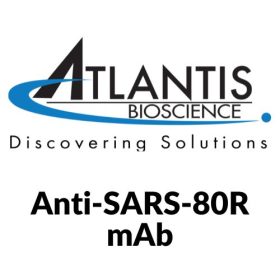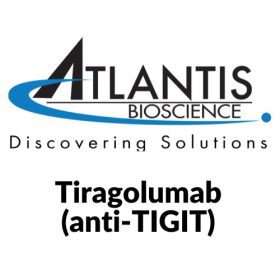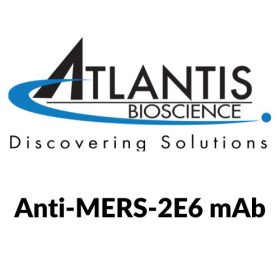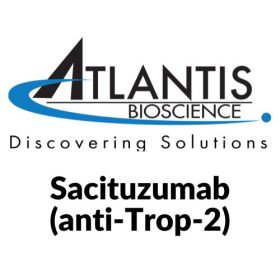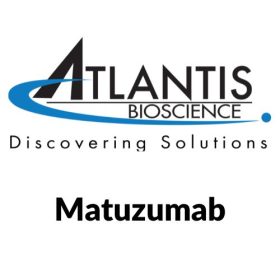Ipilimumab anti-CTLA-4) is an immunomodulatory monoclonal antibody directed against the cell surface antigen CTLA-4 and also a type of immune checkpoint inhibitor.Bevacizumab a humanized monoclonal antibody specifically binds to all VEGF-A isoforms with high affinity.
[accordions]
[accordion title= “Kinase Assay“]
The binding kinetics of Bevacizumab or FD006 to VEGF is measured using Bio-Layer Inter-Ferometry on Octet RED. The assay is conducted at 30°C in PBS buffer. Sensor tips are pre-wet for 15 mins in buffer immediately prior to use, and the microplates are filled with 200 μL per well of diluted samples (VEGF) or buffer and agitated at 1000 rpm. The anti-human IgG biosensor are pre-saturated with Bevacizumab or FD006 (10 μg/mL) and washed in buffer for 120 seconds, and then transferred to VEGF at concentrations of 10 μg/mL, 3 μg/mL and 1 μg/mL. The VEGF association and dissociation rates are measured for 5mins and 10mins, respectively. The Kinetics parameters (Kon and Koff) and affinities (KD) are calculated from a non-linear global fit using the Octet analysis software. Multiple independent measurements are performed[2].
[/accordion]
[accordions]
[accordion title= “Cell Research“]
Human umbilical vein endothelial cells (HUVECs) (1×104 cells/100 μL/well) are seeded in 96-well plates and cultured at 37 for 14 h with Endothelial Cell Medium supplemented with 5% heat-inactivated FCS, 100 U/mL Penicillin, 100 U/mL Streptomycin, and endothelial cell growth supplement. After low-serum starvation overnight, cells are treated with different concentrations of FD006 or Bevacizumab which are pre-incubated with 10 ng/mL VEGF for 30 minutes and incubated at 37, 5% CO2 for 72 hours. Then, 10 μL CCK8 is added to each well and incubated for another 4 hours. The absorbance is measured by spectrophotometer at 450 nm to determine the cell viability[2].
[/accordion]
[accordions]
[accordion title= “Chemical Properties“]
| Molecular Weight | 149 kDa |
| CAS No. | 216974-75-3 |
[/accordion]
[accordions]
[accordion title= “References and Literature“]
1. Tan H, et al. 99mTc-labeled bevacizumab for detecting atherosclerotic plaque linked to plaque neovascularization and monitoring antiangiogenic effects of atorvastatin treatment in ApoE-/-mice. Sci Rep. 2017 Jun 14;7(1):3504.2. Wang Q, et al. Pharmacological characteristics and efficacy of a novel anti-angiogenic antibody FD006 in corneal neovascularization. BMC Biotechnol. 2014 Feb 27;14:17.3. Di Mauro C, et al. Hedgehog signalling pathway orchestrates angiogenesis in triple-negative breast cancers. Br J Cancer. 2017 May 23;116(11):1425-1435.4. Yang X, Zheng Y, Tan J, et al. MiR-199a-5p-HIF-1α-STAT3 positive feed-back loop contributes to the progression of NSCLC[J]. 2020
[/accordion]

